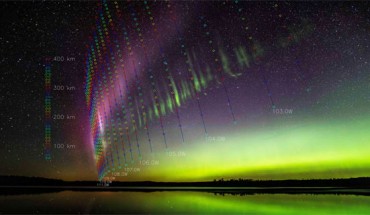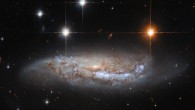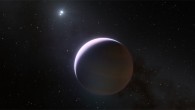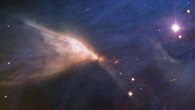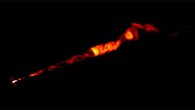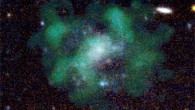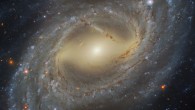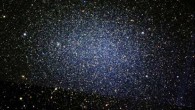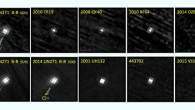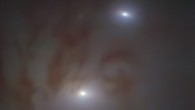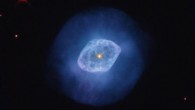A rare upper-atmosphere phenomenon called Strong Thermal Emission Velocity Enhancement (STEVE) has been well documented by amateur aurora watchers from Canada for decades. STEVE events typically appear as a thin ribbon of pinkish-red or mauve-colored light stretching from east to west, farther south than where aurorae usually appear. Even more strange, STEVE is sometimes joined by green vertical columns of light nicknamed the picket fence. Additional...

